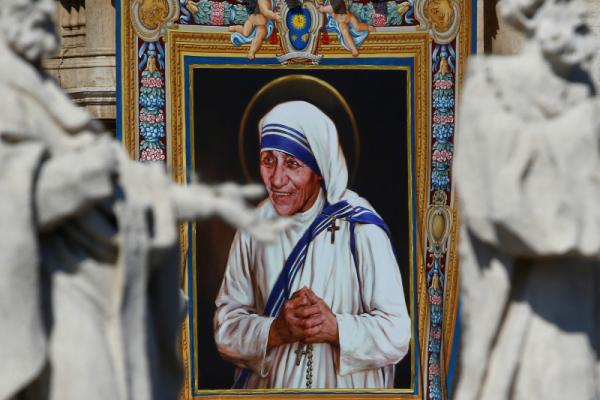Sep 6, 2016
Mother Teresa, the tiny nun who devoted her life to the poor, was declared a saint by Pope Francis at the Vatican as he celebrated her “daring and courage,” and described her as a role model for all in his year of mercy.
At least 120,000 people crowded a sun-drenched St. Peter’s Square for the canonization of the acclaimed nun who may have worked in the slums of Kolkata but was a force to be reckoned with by political and religious leaders around the world.
Read the Full Article

Already a subscriber? Login
